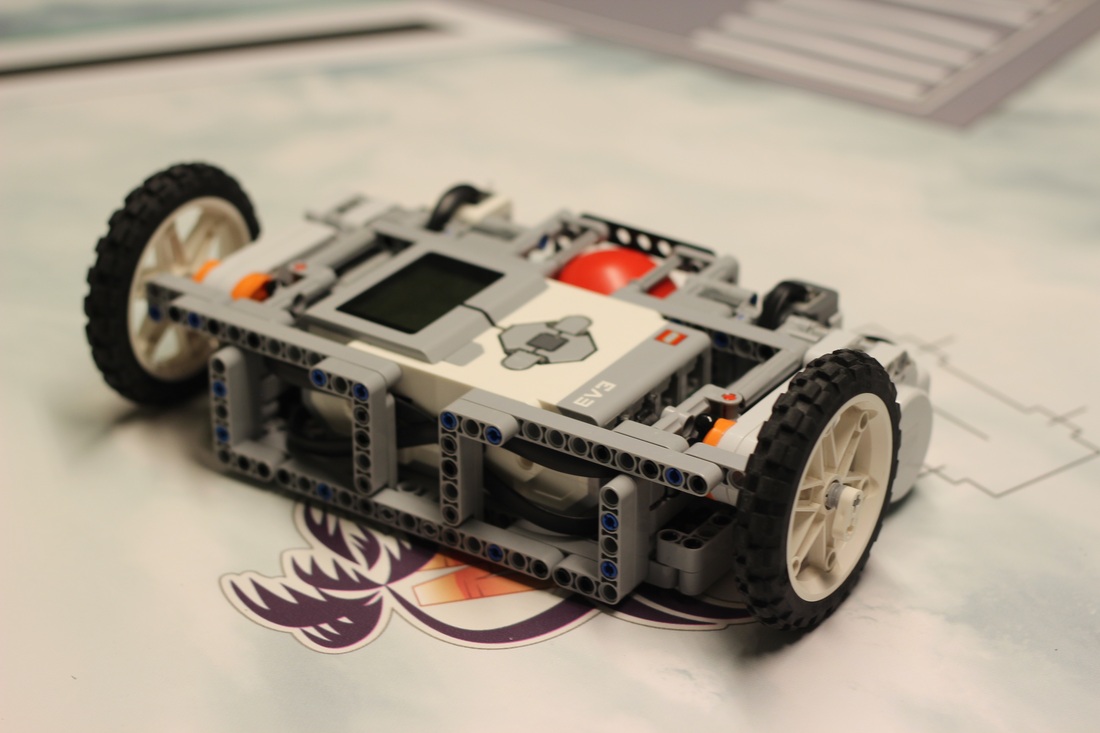Robot Attachment Design
Below is a checklist to consider when designing your robot attachments. The purpose of the checklist is to ensure that you consider a wide range of designs. If you don't consider a variety of designs it's easy to focus on the first one you think of when simpler and/or better designs might come to mind if you just think a bit harder.
Mission Design Checklist
1) What's the simplest thing that could possibly work?
2) Is an attachment really necessary?
3) Could we accomplish the mission just by pushing?
4) Does the robot need to leave the base to accomplish the
mission?
5) Does the attachment require power?
6) If the attachment requires power, must that power be
provided by a motor? Or could we use:
a) Gravity
b) Friction
c) Elastics
d) Pneumatics
7) If the attachment requires power, does it require a program? Or can it be triggered by:
a) Sudden acceleration or braking
b) Contact with a wall or element of the mission table
c) Contact with another attachment
7) Does the mission require one or more sensors?
8) Does the mission require the robot to be in a specific
location?
9) If the robot must be in a specific location, can that
location be reached by:
a) Dead reckoning (simply counting wheel rotations and angles turned)
b) Contact with a wall or mission table element
c) Range finder
d) Color finder
e) Line finder
f) Touch sensor
